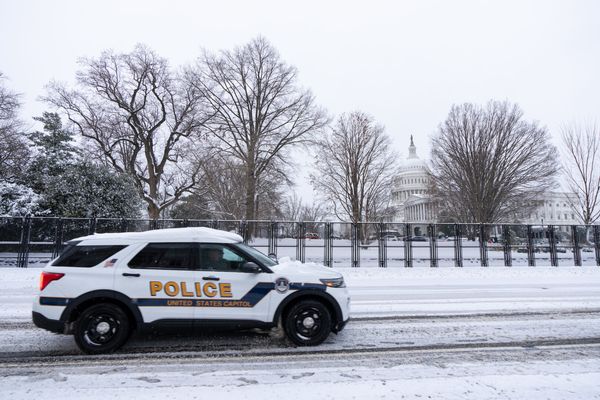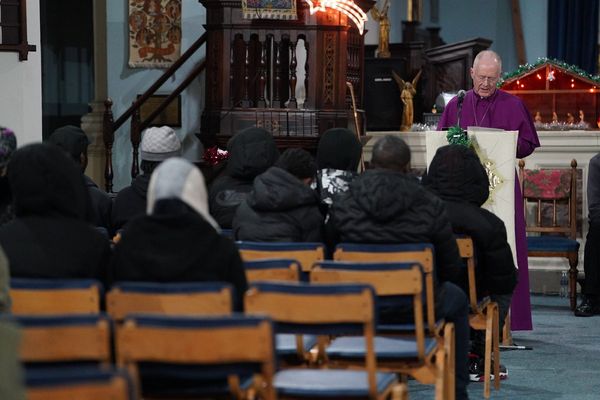
NSW is on track to meet its ambitious portion of the nation's housing target of an extra one million homes over the next five years, the state government insists.
Premier Chris Minns addressed those who criticised the "impossible" undertaking of delivering 377,000 more homes during his State of the State address on Wednesday.
"Meeting our share of the national targets would mean building more homes than we've ever built in a year, every year for five years," he told the audience at the Committee for Economic Development of Australia event.
"But we need to have an ambition to shoot for."
Part of the plan will be an ambitious rewrite of Sydney's housing targets that shifts the focus from west to east, addresses the supply crisis and offers incentives to councils who meet new housing goals.
Under a $200 million grant program, 43 councils will be given new housing targets and rewarded with parks, sporting facilities and upgraded footpaths if they meet the goals.
Mr Minns said the program will encourage councils to spend, rather than sit on the more than $3 billion in contributions collected for local infrastructure.
"The parts of Sydney which drive more development will receive more funding for schools, hospitals and roads," he said.
"An extra $200 million - to fund the green space, the footpaths, the parks and the local streets that build good communities."

The new targets call for 70 per cent of the state's 377,000 new homes to be built in Sydney and specifically designed to dramatically shift new home construction towards infill housing closer to the eastern seaboard.
Councils in Sydney's eastern and northern suburbs will be responsible for delivering around 41 per cent of new homes.
Under the changes, 82 per cent of all new homes will be built in established "brownfield" areas and 18 per cent in undeveloped, "greenfield" locations.
The "rebalance" will see the Sydney transform from greenfield to almost exclusively brownfield development, Mr Minns said.
Councils that approve more homes and meet their housing targets will be eligible for a greater portion of grant funding.
Their planning performance will also be judged and compared under a soon-to-be published council league table.
But the Property Council of Australia said the NSW government needed to go further and impose clear penalties for councils that failed to deliver on targets.
"We won't close the housing gap without both carrot and stick," NSW director Katie Stevenson said.
A "red card" model for underperforming councils with greater use of the state's step-in planning powers would be a good first step, she added.
Urban Taskforce chief Tom Forrest said for unco-operative councils, the government should be able to remove their planning powers with a planning administrator appointed.
"A strict regime of performance monitoring by the Department of Planning, Housing and Infrastructure must be established with monthly updates made public via the Planning Portal dashboard," he said.
Housing approvals for NSW remain well below the figures needed to meet the state's contribution of about 75,000 extra homes per year towards the national targets.
Meanwhile, developers are yet to begin work on 15,593 homes across the state - including 11,170 in Sydney - despite being granted building approvals, according to KPMG analysis released on Wednesday.
The number of new dwellings approved but not commenced in NSW climbed from 13,765 in the March quarter of 2023 to 15,593 by the December quarter, the report showed.
About 80 per cent of stalled projects were townhouses and apartments.







